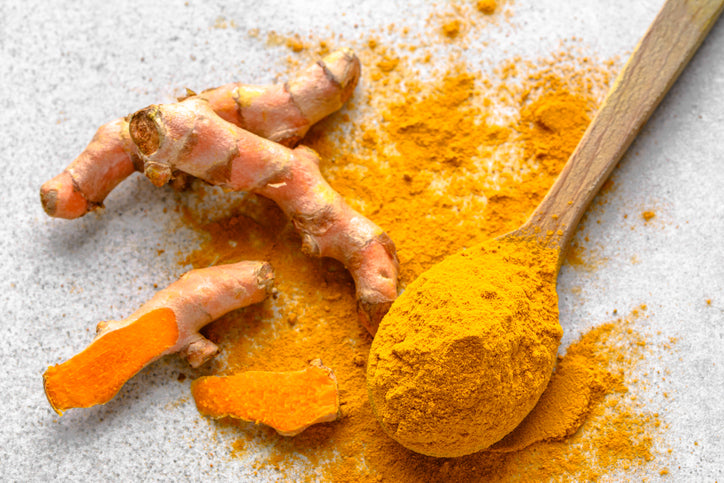Mullein – Many Uses
Mullein use in herbal traditions dates from the days of ancient Greece and Rome and continues to the present. It supports healthy mucus membranes of the respiratory tract and soothes the throat.
Mullein - Uses for All Parts of the Plant
Ancient Greeks believed mullein could ward off evil, and Ulysses used it to protect himself from Circe. Torches made from dipping the stalk in tallow date back to Roman times, and they were burned at funerals in southern Europe. This practice contributed to another common name – candlewick.
Mullein flowers are steeped in olive oil for use in folk remedies and can be used to make a yellow dye. Women in Roman times used this as a hair dye, and today it is used to dye cloth.
Another cosmetic application earned it the common name of Quaker rouge. Rubbing the leaves on the tender skin of the cheeks causes a reddening that females have found desirable when other cosmetics were not available (or were forbidden).
Mullein is included in English language herbals from the 16th century on. Early English language herbals describe the herb as a soothing expectorant. In Ireland, it was cultivated on large scale farms and sold in chemist shops.
The leaves can be steeped into a slightly bitter tea; the tea should be well strained to remove the tiny hairs, using something like a double muslin cloth. Mullein flowers produce a slightly sweeter tea. Both contain mucilage, soothing to irritated membranes. Saponins in dried mullein flowers help make coughs more productive. Native Americans drank a decoction made of roots and smoked the dried roots and leaves to help with asthma. Cherokees rubbed the leaves on the skin to treat "prickly rash" and made poultices of the leaves and applied them to bruises.
A Modern Look at Mullein
Ethnopharmacology, the scientific discipline that aims to study knowledge of traditional uses of plants assembled by indigenous people, has been exploring the many recorded uses of this herb. As widespread divergent cultures applied the herb in similar fashion to treat related bronchial and respiratory symptoms and conditions, the plant is prime for research, particularly as some of these conditions continue to plague humans around the globe.
Mullein has been approved by and is included in Germany’s Commission E monographs for use in cough and bronchial tea medicines. It was listed in King’s American Dispensatory but removed due to the lack of formal scientific testing.
Beneficial and Beautiful
Cultivated or wild, mullein is found in northern temperate zones around the globe. Easily overlooked growing wild in a pasture or along roadside, it is instantly recognizable to those who have been introduced to its unique characteristics.
Mullein is a biennial. The large velvety leaves of first-year plants form a round rosette with a low profile. The thick leaves are 6-15” long and are covered top and bottom with dense white hairs that help reduce water loss and protect the plant against insects and grazing animals. The leaves have contributed to some of its common names, including flannel leaf, feltwort and velvet dock.
In the second year, mullein plants rise up in a stalk that can grow to 8 feet tall, topped by a flower spike of small yellow flowers that generally bloom in July and August. Leaves are as thick and hairy as on first year plants, wide and long at ground level but growing smaller as they rise up the stalk, giving it a graceful and symmetrical appearance. Its tall stalk inspired other common names, such as Jacob’s staff and Aaron’s rod.
Mullein and other members of the figwort family have long been grown in ornamental gardens. It was first brought to North America as a cultivated plant and now grows from Canada to Florida and across the continent.
With a little research, you can discover the many applications for this amazing herb. Redd Remedies includes it in our Lung Care™, Throat and Bronchial Syrup, and all flavors of our Throat Drops.
If you have questions or comments, please post a comment or send us a message on our Facebook page. Sign up for our newsletter at REDDRemedies.com and Like us on Facebook to get discount offers and updates.
Related Posts


